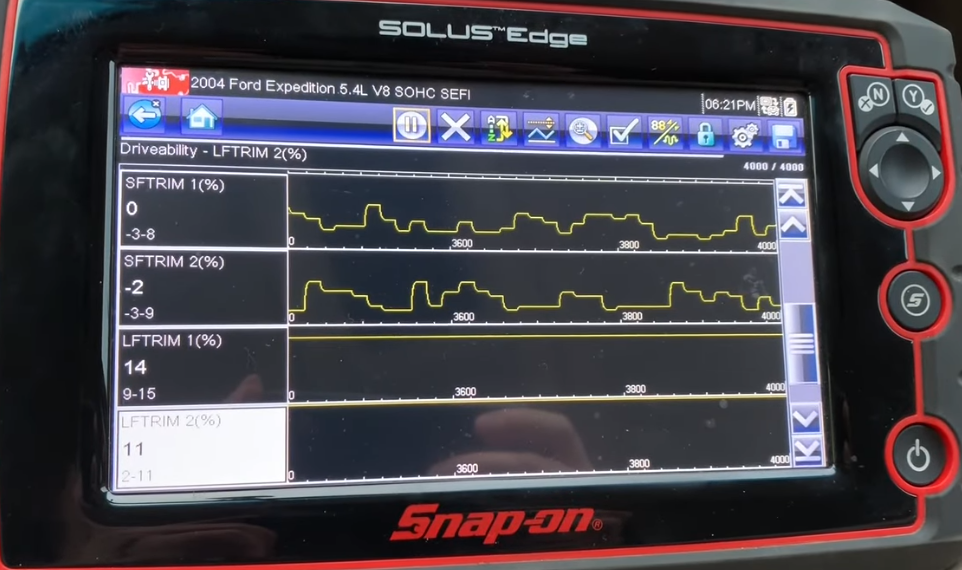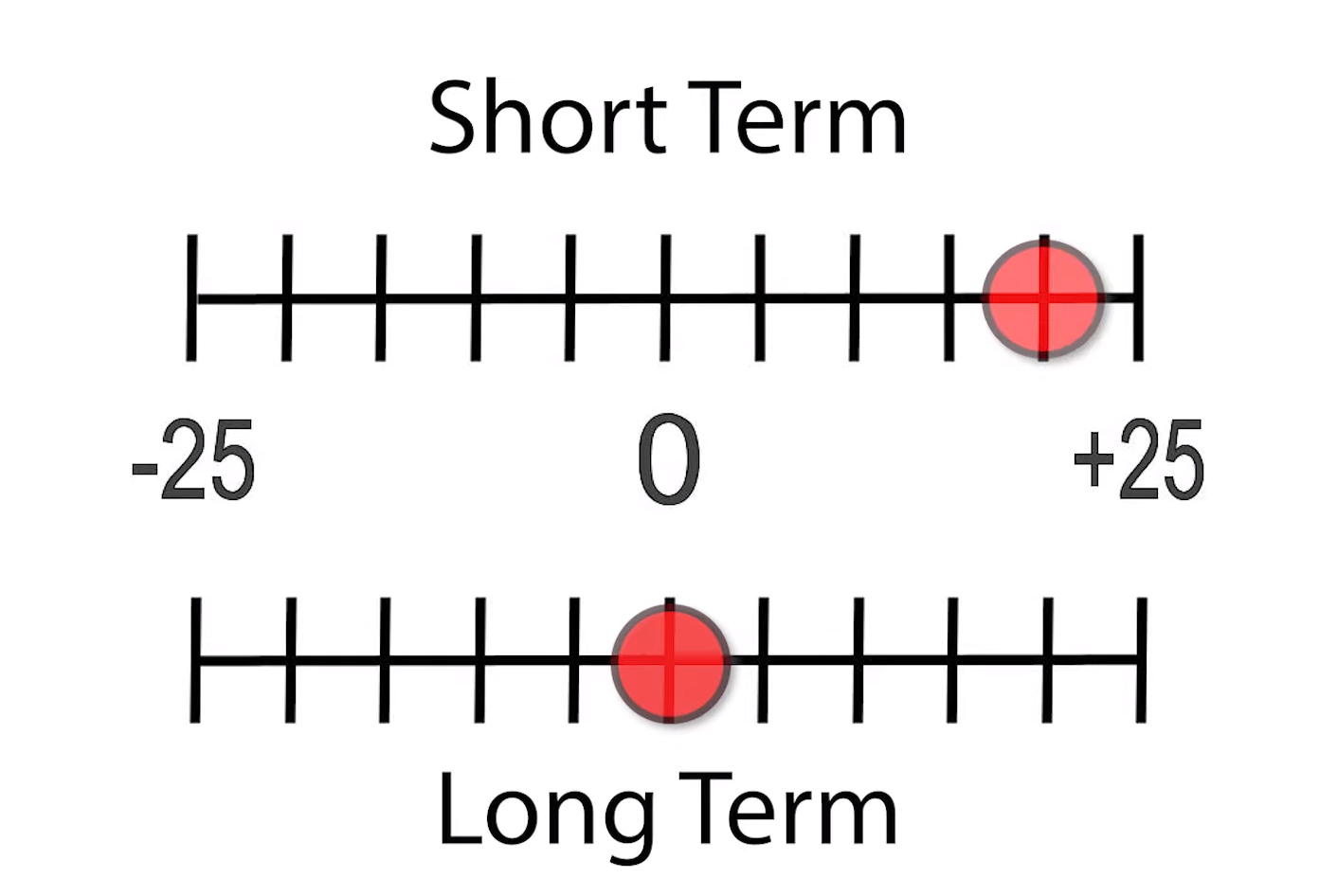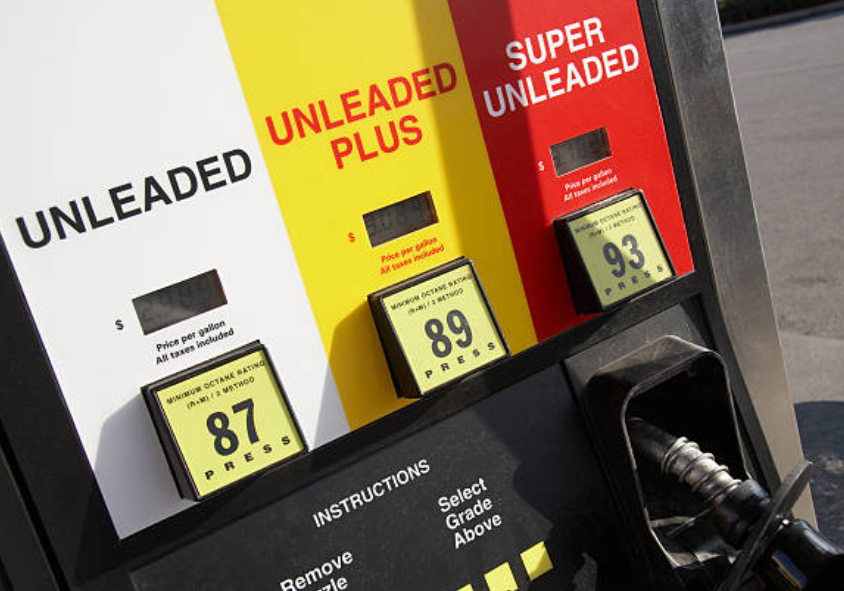Understanding Long Term and Short Term Fuel Trims
Have you ever pondered the mysteries lurking beneath the hood when your car isn't performing up to par? The solution might lie within the realm of long-term and short-term fuel trims. While comprehending these concepts might initially appear overwhelming, they hold invaluable insights into the health of our vehicles. Thus, gaining familiarity with them is a rewarding endeavor. In this article, we embark on a journey to uncover the significance of long and short term fuel trims for drivers, shedding light on their integral role in ensuring a seamless driving experience. Whether you're an automotive enthusiast or simply intrigued by basic maintenance know-how, this read offers enlightening details to help ensure your car operates with utmost efficiency and precision!

What are Long Term and Short Term Fuel Trims?
The air-fuel mixture must be adjusted to ensure optimal combustion and engine performance. Long-term and short-term fuel trims are crucial parts of a vehicle's engine management system. They support fuel economy, pollution management, and general engine health by making ensuring the proper quantity of gasoline is pumped into the engine cylinders.
Short-Term Fuel Trim (STFT):
Short-term fuel trim describes the instantaneous modifications that the engine control module (ECM) makes to the air-fuel mixture in response to current sensor data. The oxygen sensor, which gauges the amount of oxygen in exhaust gases, is the main sensor at play. The ECM modifies the fuel injector pulse width to correct the mixture if the oxygen sensor determines that it is either too rich (more fuel than necessary) or too lean (less fuel than necessary). In the percentage format used for STFT results, 0% denotes that no correction is required.
Long-Term Fuel Trim (LTFT):
Long-term fuel trim involves adjustments made over a longer period, typically learned by the ECM based on various driving conditions and sensor inputs. LTFT compensates for gradual changes in the engine's components, such as aging sensors, clogged injectors, or air leaks. If the short-term adjustments are consistently outside a certain range, the ECM gradually adapts the long-term trim to bring the overall air-fuel mixture back to the target. Like STFT, LTFT values are also expressed as percentages, with 0% indicating no correction needed.
Interpreting Fuel Trims:
Ideally, both short-term and long-term fuel trims should hover around 0% during normal operation. Positive values indicate a lean condition, which could be caused by factors like air leaks or a malfunctioning sensor. Negative values indicate a rich condition, which might result from issues like a faulty injector or a dirty air filter.

A malfunctioning fuel trim can have far-reaching consequences on your car's overall performance and efficiency. From reduced fuel efficiency and power to engine misfires and emissions problems, the impact is significant. The check engine light may illuminate, and components like the catalytic converter and engine may suffer damage.
Unstable idle, difficulty starting, and accelerated wear become more common, leading to a less comfortable and potentially costly driving experience. Addressing fuel trim issues promptly through professional diagnosis and repair is crucial to restore proper combustion, prevent further damage, and ensure your car operates optimally in terms of power, efficiency, and emissions control.

-
Regular Maintenance: Keep up with routine maintenance tasks such as changing air filters, replacing spark plugs, and ensuring proper ignition system functioning. A well-maintained engine is more likely to maintain optimal fuel trim levels.
-
Address Check Engine Lights: If the check engine light is illuminated, don't ignore it. Get your vehicle scanned for trouble codes to identify any fuel trim-related issues and address them promptly.
-
Inspect for Vacuum Leaks: Vacuum leaks can disrupt the air-fuel mixture. Regularly check hoses and connections for leaks, and fix them as needed.
-
Monitor Oxygen Sensors: Oxygen sensors play a crucial role in fuel trim adjustments. If they are worn out or malfunctioning, replace them to ensure accurate readings and proper adjustments.
-
Clean or Replace Mass Airflow Sensor: A dirty or faulty mass airflow sensor can lead to incorrect fuel trim adjustments. Clean or replace it as recommended by your vehicle's manual.
-
Check Fuel Injectors: Clean or replace clogged or malfunctioning fuel injectors, as they can disrupt fuel delivery and affect fuel trim levels.
-
Use High-Quality Fuel: Using high-quality, clean fuel can help maintain proper combustion and prevent carbon buildup that could affect fuel trim levels.
-
Avoid Excessive Idling: Excessive idling can lead to inefficient combustion and negatively impact fuel trim levels. Turn off the engine when idling for extended periods.
-
Maintain Tire Pressure: Proper tire pressure reduces rolling resistance, improving fuel efficiency and reducing the load on the engine.
-
Drive Smoothly: Aggressive driving, sudden acceleration, and abrupt braking can lead to inefficient fuel combustion. Drive smoothly to maintain optimal fuel trim levels.
-
Limit Short Trips: Short trips can lead to incomplete combustion and affect fuel trims. Whenever possible, combine errands to reduce the frequency of cold starts.
-
Use the Right Engine Oil: Choose the recommended engine oil for your vehicle. The right oil can improve engine efficiency and combustion.
-
Keep Exhaust System Clean: A clogged exhaust system can impact oxygen sensor readings. Regularly inspect and clean the exhaust system to ensure proper functioning.
-
Perform Regular Tune-Ups: Regular tune-ups can help maintain engine efficiency and prevent issues that could affect fuel trim levels.
-
Consult a Professional: If you're unsure about optimizing fuel trim levels, consult a professional mechanic. They can perform diagnostics and adjustments to ensure your vehicle is running optimally.
-
How can I diagnose and address fuel trim issues?
If you suspect fuel trim issues, it's best to consult a professional mechanic. They can use diagnostic tools to read trouble codes, inspect sensors, check for vacuum leaks, and perform necessary adjustments or replacements.
-
Can I optimize fuel trim levels myself?
While some basic maintenance tasks can help maintain fuel trim levels, diagnosing and addressing complex issues is best left to trained professionals to ensure accurate adjustments and prevent further damage to the engine.
Read more review here: The 10 Best Flip Flops For Ultimate Comfort And Style
















